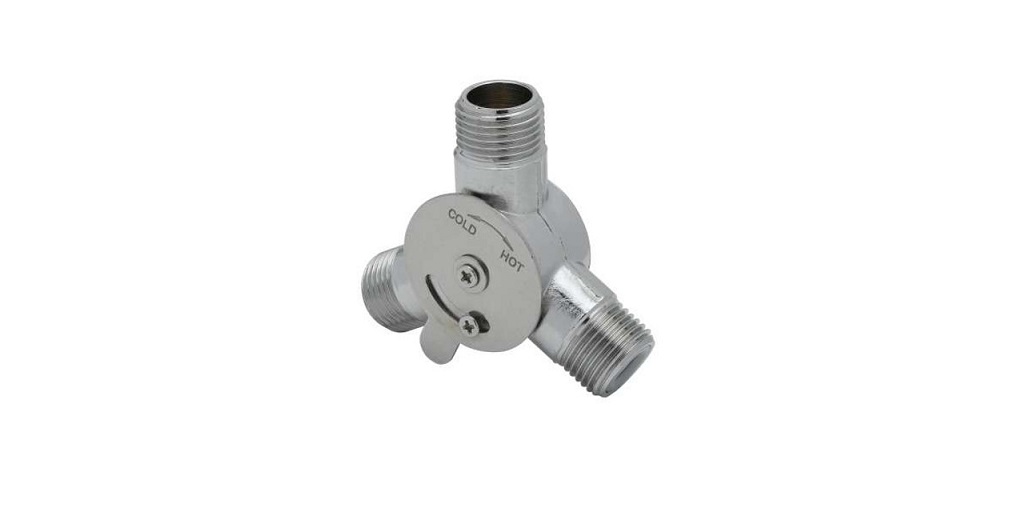Most commercial and industrial environments today are adopting technologies and innovations that allow them to save water, prevent the spread of germs, and lower maintenance costs. Touchless bathroom fixtures were seen as an unnecessary expenditure a decade ago. Commercial models could be quite expensive and their benefits were not well understood.
Today, the best models, like Kohler and American Standard sensor faucets, carry very reasonable price tags. Moreover, data has shown that these companies save a lot of money by reducing waste, and reducing the opportunities for abuse, as users do not need to interact with the hardware.
However, sensor faucets still require maintenance and care. Let's go over the most common problems sensor faucets present, and offer the best solutions.
The Sensor Faucet Won't Stop Running
After years of use, your sensor faucet might start having problems closing the valve. When this happens, we need to perform a few checks so we can find a sensible solution.
The first thing we need to do is check the motion sensor. If your sensor faucet was recently installed, you need to check if the protective adhesive label was removed from the sensor eye. If the sensor eye is covered, it would interpret this “darkness” as a user trying to wash his or her hands, and it won't close the water valve until the “darkness” goes away.
Make sure to remove any adhesive residue from the sensor eye, and give it a thorough cleaning.
If the problem persists, check your battery LED indicators. If the LED indicator blinks when the sensor is activated, then your batteries are running low. Replacing the batteries in sensor faucets is very easy to do. You will only need a hex wrench and a Phillips driver. Make sure you close your water supply before attempting to disassemble your faucet.
The first hex screw is on the faucet´s face, and loosening it will allow you to remove the throat plate and reach the battery cover, which will require your Phillips screwdriver to open. When you remove your batteries, clean out the housing with a cotton swab to eliminate moisture and dirt. Replace your batteries with a fresh set, and put everything back together.
If the problem persists, and you made sure nothing external to your sensor faucet is causing the problem, you need to check your diaphragm, components, and solenoid. You can find sensor faucet replacement parts for all the top brands at Quality Plumbing Supply.
The Faucet Won't Open
This could also be caused by battery problems and that's the first thing to check.
However, if you hear a clicking noise when you activate the sensor, and no water comes out, the problem might be caused by the water supply. Make sure your stop check is open. If that doesn't fix the problem, check the water supply strainer and clean it out.
Check the quality of the sound your faucet makes. If you hear your faucet producing a hammering sound in short repetitions, or if it sounds like a buzz, it might mean your piping does not have the correct size to handle the water pressure.
If the clicks you hear are on a lower tone than usual, then the problem might be located in the faucet´s solenoid. Low-toned clicks are a common sign that your faucet solenoid is on its way out.
A word of warning: it is imperative to replace your solenoid with the correct model. Fortunately, specialized stores like Quality Plumbing Supply carry high-quality replacement parts and solenoids for sensor faucets. Visit their website today to find the repair parts and supplies you need for your venue or project.
For more information about Commercial Plumbing Supply and Thermostatic Cartridges Please Visit: Quality Plumbing Supply.






